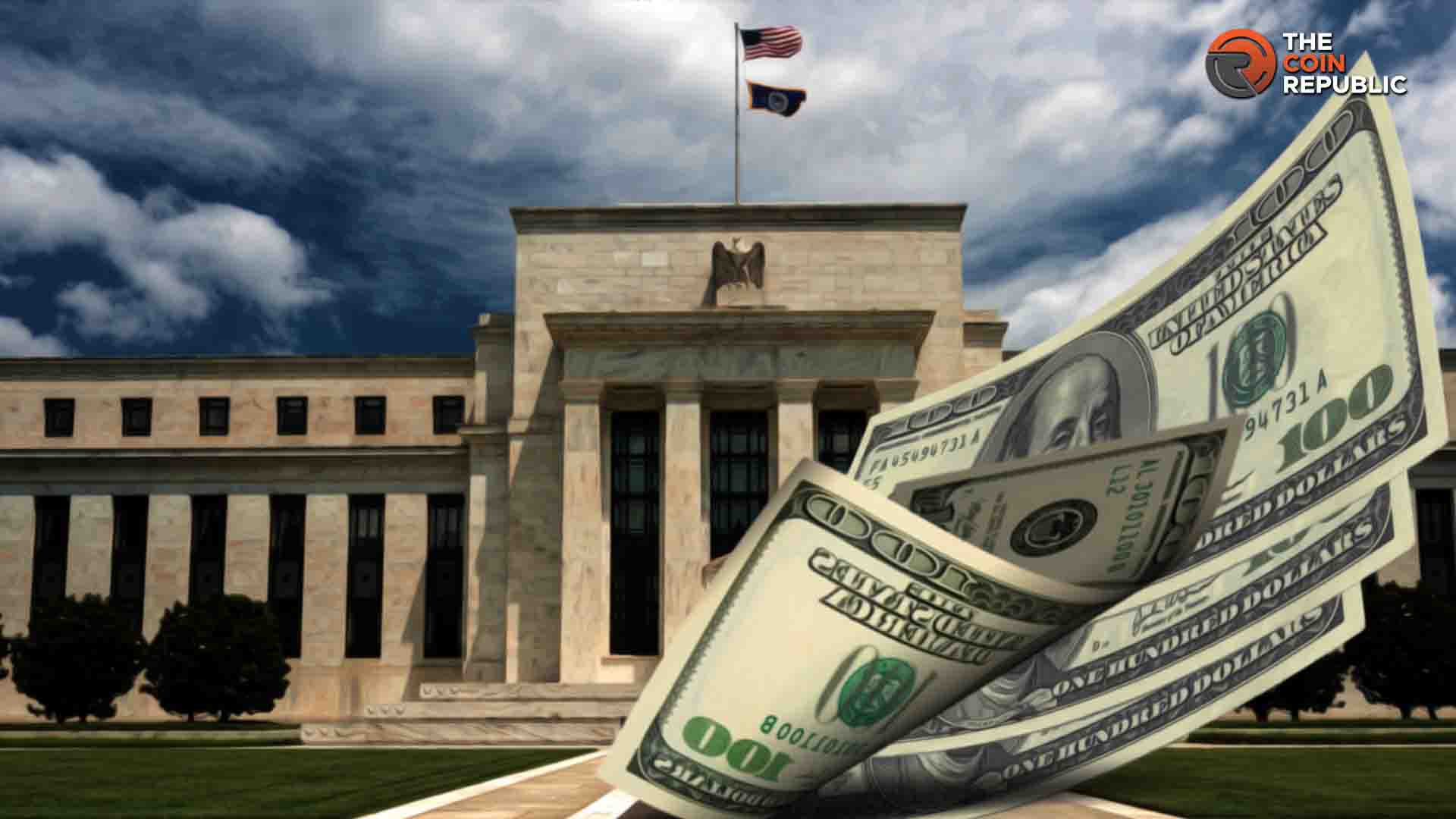US Federal Debt Explodes by $1+ Trillion in Just 48 Days – What’s Driving the Madness?
The US Treasury just added over a trillion dollars to the national tab—in less than two months. That’s not a typo. It’s a spending spree with few parallels in modern economic history.
How Did We Get Here?
Debt ceiling suspensions, emergency spending packages, and interest compounding at a brutal pace—it all adds up. Fast. Washington keeps writing checks, and the rest of the world keeps cashing them. For now.
Why It Matters—And Why Crypto Observers Are Watching
Every dollar printed devalues the one already in your pocket. That’s why Bitcoin was invented. While the Fed plays monopoly with the real economy, decentralized assets operate outside the system—no bailouts, no political drama, just code and consensus.
Wake-Up Call or Business as Usual?
If you’re still waiting for traditional finance to fix itself, don’t hold your breath. This isn’t a bug—it’s a feature. And smart money is already hedging elsewhere.

Key Takeaways
- Over the last 48 days, the US Federal Debt has surged by $1T+ (or $21B+ per day)
- Since August 11th, the US has added +$200 billion in debt
- The Kobeissi Letter explains why US government spending is running at WW2 levels in a “strong” economy
The US federal debt has exploded by more than $1 trillion in just 48 days. That’s an average of around $21 billion per day. According to the US Treasury and multiple budget analysis organizations, the gross national debt surpassed an eye-watering $37 trillion as of August 11, 2025, with spending and deficit levels rivaling previous crises like the Second World War and 2008.
US Federal Debt: Latest Facts
The US is currently running a deficit of about $1.63 trillion for fiscal year 2025, which is 7.4% higher year-over-year and $109 billion more than FY 2024. As The Kobeissi Letter writes:
“This is $109 billion above levels seen in FY 2024, and it’s only getting worse. We are on track to run $2 trillion+ deficits as debt rises along with interest rates.”
Government spending has surged 9.7% YoY to $630 billion last month, the second-highest since January 2025, while revenue grew just 2.5% to $338 billion, and debt-to-GDP is now at 100% and projected to rise, echoing levels seen during WWII.
The list of damning statistics goes on and on, and so does the spending. But why is the US federal debt rising so quickly?
Why Is US Debt Surging So Fast?
There are several factors behind the dramatic debt increase, but by far the greatest culprit is persistent spending. The government continues to authorize massive outlays without equivalent revenue growth.
Recent legislation, like Trump’s One Big Beautiful Bill Act, raised the debt ceiling by $5 trillion and enabled further borrowing.
Interest rates and refinancing are other important factors. As interest rates rise, older debt issued at lower rates is replaced at higher costs. Currently, about $29 trillion in public debt may be refinanced at rates almost double those seen a few years ago, which raises annual interest expenses by hundreds of billions.
Even with tariff revenue increases and some economic growth, revenues are not keeping pace with outlays, leading to structurally higher deficits.
Why Does It Matter? Is Bankruptcy a Real Risk?
The magnitude and speed of US federal debt growth represent a fiscal crisis, not just an interest rate challenge. Even aggressive rate cuts WOULD dent but not solve the deficit, as most estimates suggest trimming $300 billion at best.
The current rate of spending is unsustainable long term, unless revenue rises. As Maya MacGuineas, president of the Committee for a Responsible Federal Budget, explained:
“Spending and revenue are woefully out of balance … Instead of addressing this imbalance, Congress keeps choosing to make things worse.”
Cutting spending to balance the budget risks recession or depression, given the US economy’s reliance on deficit-fueled stimulus, and some experts warn that without action, the US faces eventual debt-driven instability.
As we’ve seen in the case of Japan, excessive debt can lead to stagnation and loss of control over monetary policy. In the words of The Kobeissi Letter:
“Japan’s economy is just a glimpse of where the US is heading on the current path. Deficit spending is our biggest economic problem with the least attention. The clock is ticking, we must take action now.”
The tumultuous environment of runaway US federal debt, political gridlock, and rising interest costs makes alternative assets like Bitcoin attractive, as a non-sovereign store of value resistant to devaluation from excessive government spending.
The US is adding debt at a pace not seen outside of wartime, with deficits and interest costs spiraling faster than revenues can catch up.
As lawmakers continue to postpone structural fixes, the economy is left dependent on ever-larger doses of borrowed money to function. The Kobeissi Letter states:
“Simply put, on our current fiscal path, there is 100% certainty of US bankruptcy over the long-run.”
Or, in the words of another well-known macro analyst, Lyn Alden:
“Nothing stops this train.”

